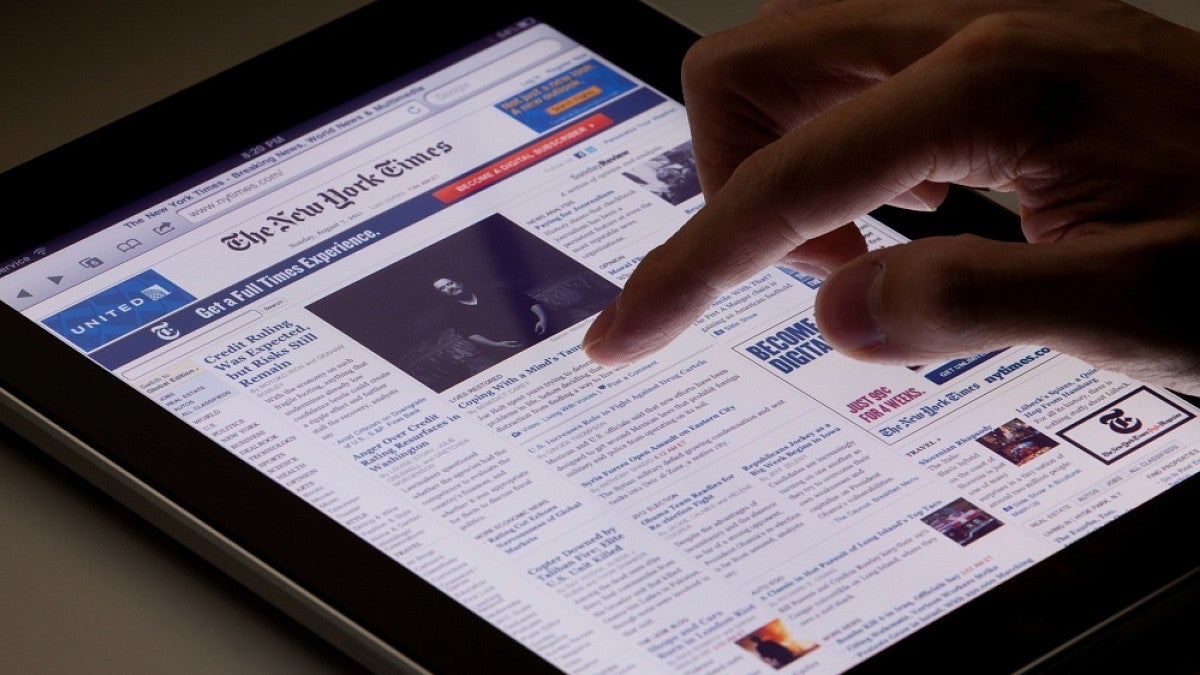Finding free news online, especially from reputable sources, is becoming more difficult. News organizations are increasingly putting content behind paywalls rather than relying solely on advertising revenue.
Damian Radcliffe, a UO journalism professor, spoke with Agence France-Presse about the trend.
“Services like Netflix and Spotify have helped people get into the habit of paying for digital content they used to get for free,” he said. “People recognize that if you value journalism, especially in the current political climate, you need to pay for it.”
The New York Times has 2.6 million paying subscribers. The Washington Post has more than one million. Meanwhile, smaller publications may face more difficulties in getting digital readers to pay up.
“Smaller local organizations might find it harder to make their case to readers (to pay), and they have a smaller pool of customers,” Radcliffe said.
The paywall trend has another potential downside: It could widen the “digital divide,” leaving only some of the population with high-quality news.
“Some people might not be able to access important content,” Radcliffe said. “There is a risk those audiences don't get access to the range of information and journalism they need to stay informed in the current era.”
For the full article, see “Free news gets scarcer as paywalls tighten.”
Radcliffe is the Carolyn S. Chambers Professor in Journalism at the UO and a fellow at the Tow Center for Digital Journalism. He is a digital analyst, consultant and researcher. He regularly contributes articles about digital trends, social media and technology to outlets such as the BBC Academy, CBS Interactive and the Huffington Post.


